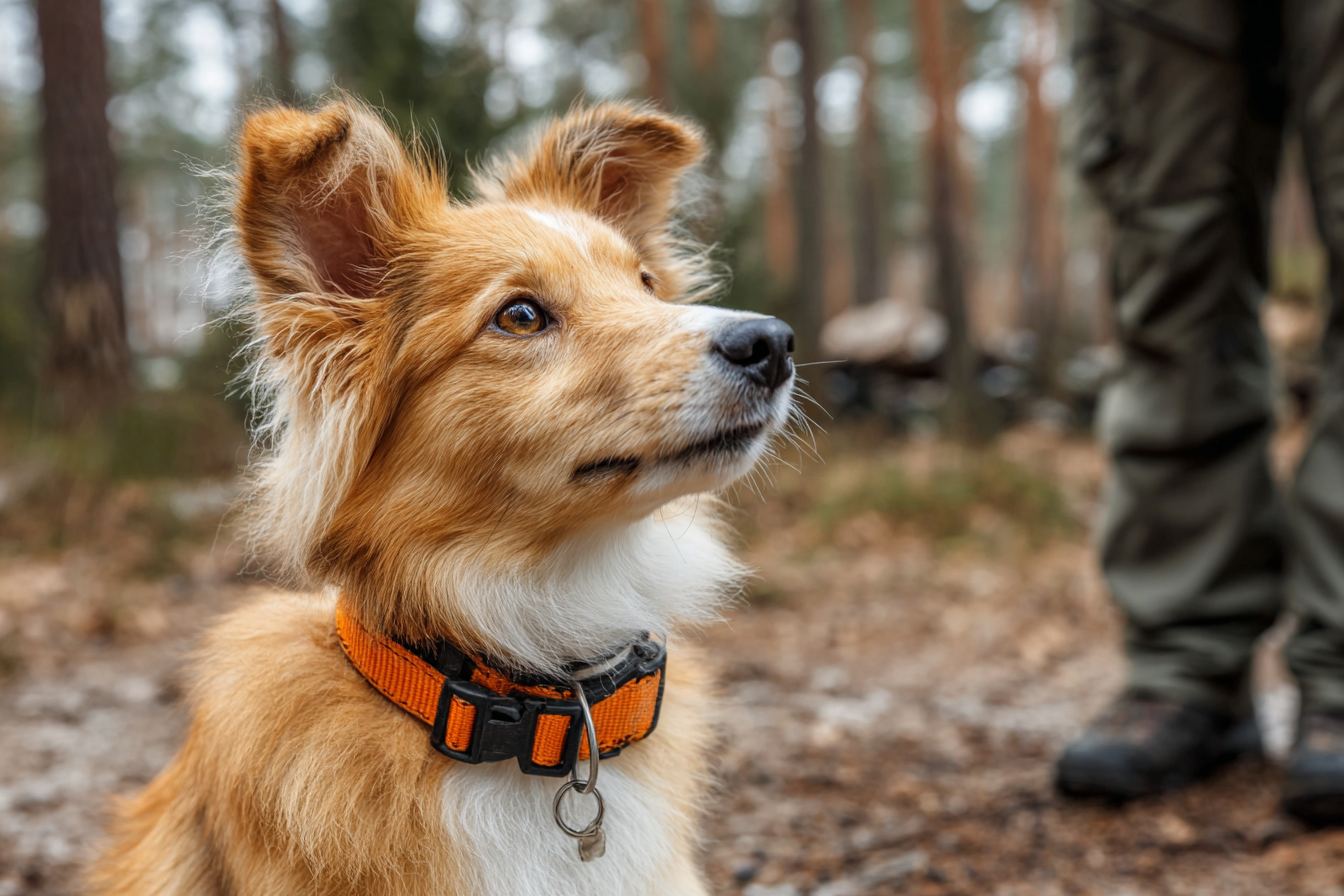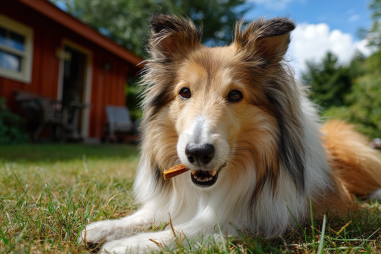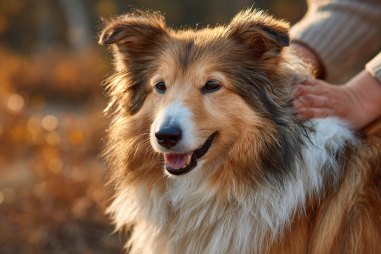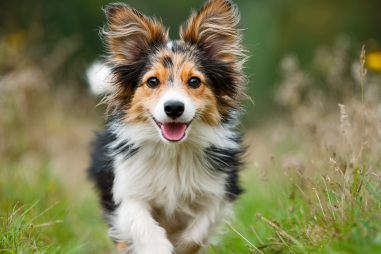Training your Shetland Sheepdog can be an incredibly fulfilling journey that strengthens the bond between you and your furry friend. Known for their intelligence and eagerness to please, Shelties respond exceptionally well to tailored training methods that emphasize positive reinforcement and mental engagement. Whether you are a new owner or looking to improve your dog’s obedience and behavior, understanding effective Shetland Sheepdog training methods will set you and your pet up for success.
Understanding Shetland Sheepdog Intelligence and Temperament
The Shetland Sheepdog, often affectionately called Shelties, is renowned for its exceptional intelligence and keen instincts. Bred originally to herd sheep and livestock, this breed possesses quick problem-solving abilities and a natural inclination to work closely with its handler. Shelties are highly alert, sensitive, and responsive, making them highly trainable but also sensitive to harsh corrections.
Temperament-wise, Shelties are loyal, gentle, and affectionate companions who thrive when given clear guidance and plenty of mental stimulation. They tend to be reserved or shy around strangers but form deep attachments to their families. Because of this sensitivity, training methods that emphasize positive reinforcement and consistency work best to build confidence and obedience without causing anxiety or fear.
Positive Reinforcement Techniques
One of the most effective and kind ways to train your Shetland Sheepdog is through positive reinforcement. This method rewards desired behaviors, encouraging your dog to repeat them. Rewards may include treats, praise, toys, or playtime — anything your Sheltie finds motivating.
Start by using treats or a favorite toy to mark good behavior immediately. For example, when your Sheltie sits on command, instantly offer a small treat and enthusiastic praise. Over time, your dog will associate the behavior with positive outcomes and will be more inclined to perform on cue.
In addition to rewarding good behavior, it’s equally important to avoid harsh punishment. Shelties are sensitive and may become fearful or timid if corrected too sternly. Instead, redirect unwanted behaviors gently and reward any close approximation of the desired action, gradually refining the behavior until it meets your expectations.
Teaching Basic Obedience Commands
Basic obedience commands are the foundation of a well-trained Shetland Sheepdog. Essential commands to prioritize include:
- Sit: A fundamental command that helps establish control and focus.
- Stay: Keeps your dog in place and increases impulse control.
- Come: Vital for recall and safety, especially outdoors.
- Down: Helps calm the dog and establishes respect.
- Leave it: Prevents unwanted behaviors like picking up harmful objects.
Start training sessions in a quiet, distraction-free environment. Use clear, consistent verbal cues paired with hand signals and reward immediately when your Sheltie responds correctly. Practice these commands short and frequently — five to ten minutes several times a day works well. Be patient and gradually increase the difficulty by adding distractions as your dog progresses.
Addressing Common Behavioral Challenges
While Shelties are generally well-behaved, they can develop some common behavioral challenges, such as barking excessively, separation anxiety, or stubbornness. Addressing these early with consistent training will prevent issues from escalating.
Barking: Shelties can be vocal, especially if they sense unfamiliar sounds or strangers. Teach the “quiet” command by rewarding moments of silence and redirecting barking to attention-getting behaviors like a sit or go to your side.
Separation Anxiety: Shelties thrive on companionship and can become anxious when left alone. Practice gradual desensitization by leaving your dog alone for short periods and rewarding calm behavior. Providing engaging toys or puzzle feeders can also help distract and comfort your dog during absences.
Stubbornness: Though eager to please, Shelties can sometimes be independent thinkers. Overcome this by keeping training sessions fun, using a variety of rewards, and always ending on a positive note.
Incorporating Agility and Mental Stimulation
Given their herding heritage, Shetland Sheepdogs excel in activities that challenge both their mind and body. Agility training is an excellent way to keep your Sheltie physically active and mentally sharp. Obstacles like tunnels, weave poles, and jumps provide fun challenges that harness their natural athleticism.
In addition to agility, mental stimulation is critical to preventing boredom and undesirable behaviors. Puzzle toys, scent games, and teaching new tricks are fantastic ways to engage their intelligence. Rotating toys and training activities regularly will maintain your Sheltie’s interest and enthusiasm.
Consistency and Patience in Training
Consistency is one of the cornerstones of an effective training regimen. Use the same commands, rewards, and routines daily to help your Sheltie understand expectations clearly. Ensure all family members are on the same page to avoid confusing your dog.
Patience is equally essential. Training takes time, and each dog learns at their own pace. Celebrate small victories and don’t get discouraged by setbacks. Gentle encouragement and persistent effort will yield long-lasting results.
Tips for Socialization
Proper socialization will help your Shetland Sheepdog develop into a confident and well-adjusted adult. Introduce your puppy or new dog to a variety of people, animals, environments, and sounds from an early age in a positive and controlled way.
Early socialization helps prevent shyness or fearfulness later in life. Arrange playdates with other friendly dogs, take your Sheltie to different places such as parks and pet-friendly stores, and expose them gradually to various noises and experiences. Be sure to monitor their responses and comfort levels, rewarding calm and curious behavior.
Finding the Right Training Resources
To support your training journey, consider utilizing resources tailored to Shetland Sheepdogs or herding breeds. Professional dog trainers, positive reinforcement classes, and online communities offer excellent knowledge and camaraderie. Books and videos specific to Sheltie training can also provide valuable guidance.
Remember, your Shetland Sheepdog’s intelligence and nature make them a wonderful candidate for learning and growth. With patience, consistency, and positive techniques, you’ll build a relationship based on mutual respect, trust, and endless fun.







